“Rust converters” are acidic solutions (usually tannic acid and/or phosphoric acid-based) that are intended for direct application to the affected steel to convert it (hydrated ferric oxide) into inert, insoluble products. If you look up how to treat rust, this will look like the easiest and most affordable option - but there are good reasons why you should go to the effort of cleaning rust rather than convert it.
So why mechanically clean rust when you can convert it?
The suppliers of rust converter products claim that there is no need to remove the rust, potentially saving the applicator a great deal of work in removing it mechanically. These suppliers also claim that the conversion products adhere tightly to the steel to form a protective barrier that prevents further corrosion and also provides a suitable surface to paint.
However, according to the Australian Standard AS/NZS 2312:2002 Guide to the protection of structural steel against atmospheric corrosion by use of protective coatings, “There is a considerable amount of published literature which refutes such claims, stating that where any conversion may occur, complete penetration of rust and reaction with it is unlikely.”
Standards Australia also declares that with some ‘converters’, only a colour change occurs. Additionally, in the case of phosphoric acid-based converters, the phosphoric acid has little or no reaction with hydrated ferric oxide under normal conditions, and the unreacted acid can become trapped beneath subsequently applied paint.
The Standard states that the use of a ‘converter’ with any coating systems quoted in AS 2312 Table 6.3 (coating systems for direct application to hand-cleaned and power-tool cleaned rusty steel) is not recommended and will detract from their subsequent performance.
How well do the conversion products adhere to the steel?
These converters are not film formers – they cannot seal or bind porous, loosely adhering rust on steel. Suppliers of these converters claim that wetting agents will penetrate into the surface and that the conversion products firmly adhere, but this does nothing to reduce the porosity of the converted residue. The conversion products may be harder and more cohesive, but anything that was loose before conversion will still be loose after. The porosity of the surface also inhibits the complete removal of any residual (unreacted) acid.
And herein lies a problem – how do you know how much of the 'converter' product to apply to the designated surface? Assuming that the solution can penetrate 100% (unlikely), how can one calculate the correct spreading rate, or measure the degree of conversion? Too much and you will have residual acid on the surface; too little and not all will be converted. Residual acid is also not visible or easily detectible, so it is difficult to tell if you have rinsed off all the excess acid.
How to treat rust
So how do you treat rust? The protection of steel against further corrosion depends very much on the degree to which the steel has been cleaned of corrosive products and profiled correctly to apply a high-performance zinc-rich primer. There are no quick and easy shortcuts to achieve this. Surface preparation must be by means of abrasive blast cleaning or power tool cleaning to achieve the appropriate quality of cleaning. And as with many things, prevention is better than a cure.
Your paintwork is an investment that needs protecting to ensure the ongoing appearance of your building and reduce future expenses. Learn how to keep your paintwork looking fresh for longer with our handy guide to painting maintenance.
Higgins Coatings is Australia's premier commercial painting contractor with over 70 years of experience in providing cost-effective painting and tailored maintenance solutions to a broad range of industries including hospitals, aged care, schools, and strata. If you need quality painting services delivered on time and within budget, contact us today.
Recent Posts
-
The cost-effective solution
Dhananjay Kapoor07 Oct 2025 at 10:10 PM -
Why schools are choosing floor rejuvenation
Dhananjay Kapoor07 Oct 2025 at 10:09 PM -
Why leading schools choose Higgins for floor rejuvenation
Dhananjay Kapoor07 Oct 2025 at 10:09 PM -
Floor rejuvenation in action
Dhananjay Kapoor07 Oct 2025 at 01:53 AM -
Top trends affecting the value of commercial property in Australia
Higgins Coatings01 Jul 2025 at 01:30 AM -
Your guide to budgeting for commercial building painting
Higgins Coatings23 Jun 2025 at 11:15 PM -
Painting apartment exteriors: Best practices
Brendan Childs02 Mar 2025 at 10:00 PM -
Strata painter: 7 key considerations for hiring
Narell Majic02 Feb 2025 at 10:00 PM -
How to find good tradespeople you can always rely on
Sam McHugh08 Jan 2025 at 10:00 PM









